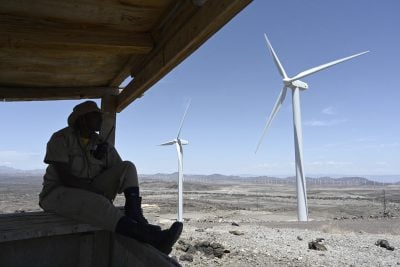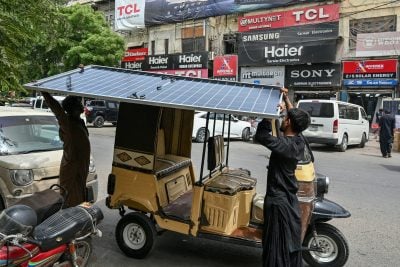While East Africa’s public sector is focusing on mega infrastructure projects in transport and energy, local investment groups are taking control of commercial and residential real estate as a construction flurry grips Eastern Africa. Aamera Jiwaji has the details.
There is a palpable sense of excitement in the East African economies of Kenya, Uganda and Tanzania as the three prepare to join the international club of oil and gas producing countries.
The exhilaration is centred on key infrastructure projects that will help actualise the dream.
In Kenya, it is all about the Sh2 trillion ($22bn) Lappset corridor with its port, rail, airport and oil refinery components. In Tanzania, it is the $1.23bn China-funded Mtwara gas-pipeline project which covers a distance of 542 km and includes a 150 megawatt power plant.
In Uganda, it is the country’s first oil refinery, a $2.5bn project that will produce 60,000 barrels a day, and for which the government has received detailed proposals from four international companies as at June.
A plethora of supporting projects surround these infrastructural icons, such as the crossborder $235m Arusha–Holili Highway, the $300m Dar es Saalam–Isaka railway funded by the World Bank, and the construction of a $10bn Bagamoyo port in Tanzania.
In Uganda, projects include a $255m North Eastern Road Corridor, and construction of hydropower projects in Karuma and Isimba.
In Kenya, phase 1 of the expansion and upgrading of Jomo Kenyatta International Airport (JKIA) is set to be completed in December. On completion of all renovations, JKIA will be able to handle 20m passengers a year.
Together these projects have improved the international ranking of East African countries, and in a 2013 PricewaterhouseCoopers report, Tanzania was ranked among the top 10 African countries that offer enormous potential for strategic investors in the transportation and logistics industry.
The successful debut of Kenya’s $2bn Eurobond in June has also heightened anticipation – more than half of the proceeds are dedicated to projects in energy, transport and agriculture sectors.
These include the expansion of power transmission lines, drilling of geothermal wells, dredging of the first four berths in Lamu, building a commuter rail in Nairobi and basic infrastructure at the 1m acre Galana/Kulalu irrigation scheme. The enthusiastic reception of Kenya’s Eurobond has boosted the confidence of Tanzania, which is expected to issue its inaugural Eurobond in the next financial year.
Communal finance
But while East African governments – in keeping with June budget promises to prioritise infrastructure development – are concentrating on projects in the energy and transport sectors, construction in commercial and residential real estate in East Africa is being driven by an entirely different source of money, particularly in Kenya.
The exorbitant interest rates being charged by commercial banks – in some cases more than double the Central Bank of Kenya’s (CBK) benchmark rate of 8.5% – has encouraged Kenyans to turn to communal investment groups such as chamas and saccos.
A chama, (a Swahili word meaning ‘group’), is an investment group into which members pay a certain amount of money every week or month, while a Sacco is a Savings and Credit Cooperative Organisation, often affiliated to a profession.
Both groups offer preferential terms on loans, including lower interest rates and amounts of up to three times savings.
The Kenya Association of Investment Groups estimates that one in three Kenyans is a member of a chama and that there are 300,000 groups in Kenya with an asset base of Sh300bn ($3.4bn). Their success has attracted the attention of commercial banks, deposit-taking microfinances and credit unions – such as Chase Bank, K-Rep, Co-operative Bank, Barclays Bank, Kenya Commercial Bank and Bank of Africa – which have tried to woo them into the mainstream financial system.
However, high interest rates from commercial banks are being blamed for stifling Kenya’s property market. In its April 2014 report, mortgage brokerage firm, The Mortgage Company, said only a fifth of Kenyans living in urban areas could afford to take a home loan of Sh1,000,000 ($11,000) and above.
Want to continue reading? Subscribe today.
You've read all your free articles for this month! Subscribe now to enjoy full access to our content.
Digital Monthly
£8.00 / month
Receive full unlimited access to our articles, opinions, podcasts and more.
Digital Yearly
£70.00 / year
Our best value offer - save £26 and gain access to all of our digital content for an entire year!

 Sign in with Google
Sign in with Google 




